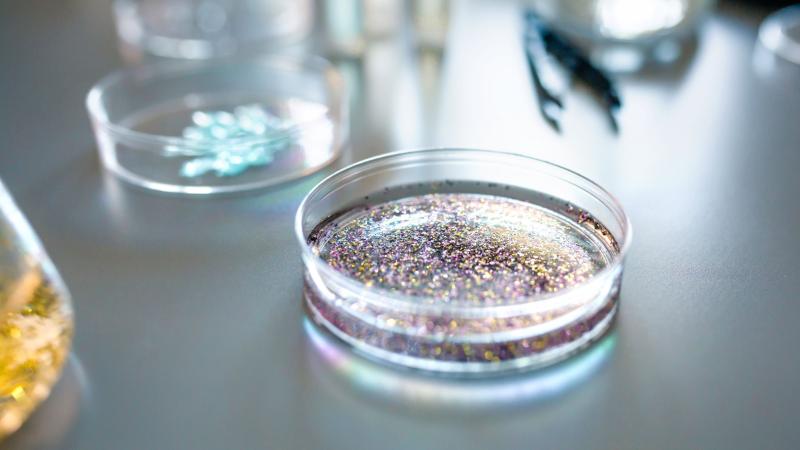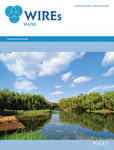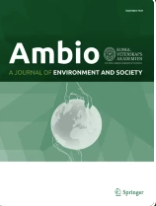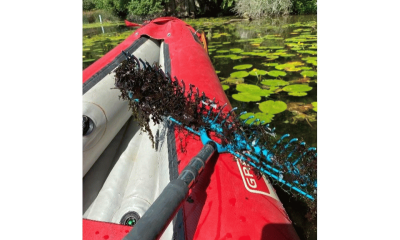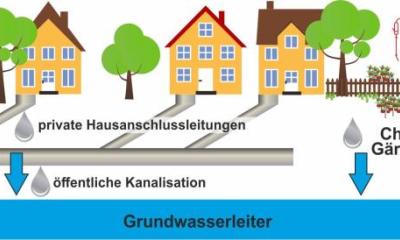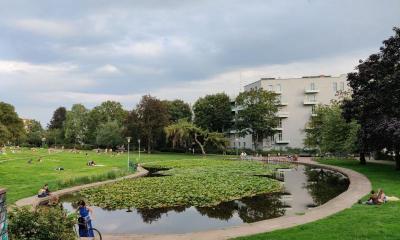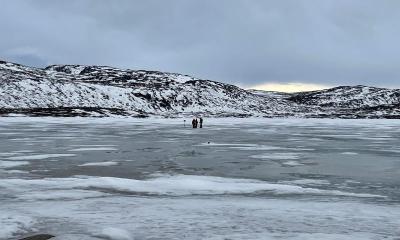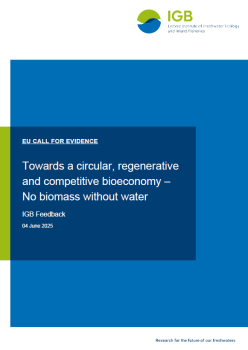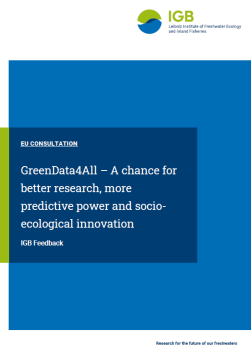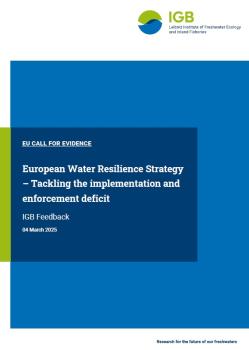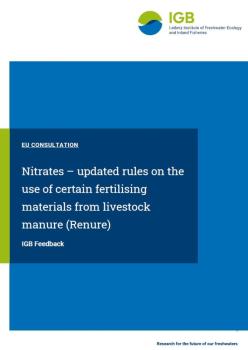Multiple stressors and pollutants
Freshwaters are used intensively by humans, meaning that they are exposed to a number of stressors. We explore the complex interrelations and impacts of the different stressors: How do nutrients and contaminants enter our surface waters, which factors play a central role in this process, and where are rivers and lakes in a particularly poor state? Nutrient inputs of nitrogen and phosphate, for example, may affect water quality, leading to algal blooms. It is often impossible to completely remove pharmaceuticals and biocides during wastewater treatment. They then end up in rivers and lakes, where they may affect the hormonal metabolism of fish and amphibians. Mining may lead to the contamination of adjacent freshwaters with potash and sulphate. Land use change, urbanisation, water control structures and the increasing use of artificial lighting at night (light pollution) exert additional pressure on our freshwaters. In our research, we acknowledge that use by humans is an important part of reality – only then can future-oriented solutions be developed.
Related News
Selected publications
Guiding Aquatic Reptile (Chelonian and Crocodylian) Conservation in the Face of Growing Light Pollution: Lessons From Experience
The paper reviews existing knowledge on how aquatic reptiles, especially freshwater crocodilians and turtles, respond to light pollution and discusses existing mitigation strategies. Learning from measures that have proven effective for related taxa, such as sea turtles, could be useful in setting up initial measures to protect freshwater reptiles against light pollution.
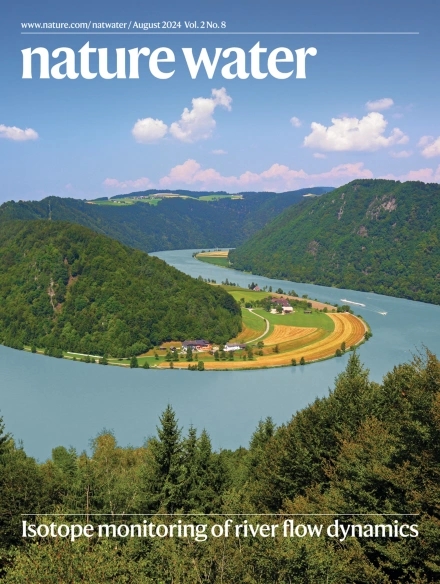
Mixtures of organic micropollutants exacerbated in vitro neurotoxicity of prymnesins and contributed to aquatic toxicity during a toxic algal bloom
This study investigated how organic micropollutants and the algal toxins prymnesins interact as mixtures in water extracts from the Oder River using neurotoxic effects on human nerve cells in vitro. The authors showed that prymnesins dominate the neurotoxic effects, but many of the detected organic micropollutants exacerbate the lethal effect of prymnesins.
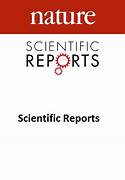
Unpredicted ecosystem response to compound human impacts in a European river
The authors have compiled and analyzed the key environmental factors that led to the mass development of the brackish water alga Prymnesium parvum in the Oder in the summer of 2022. The data synthesis shows how multiple stressors combined to allow an alga that normally thrives in stagnant salt water to proliferate en masse in a completely atypical habitat.
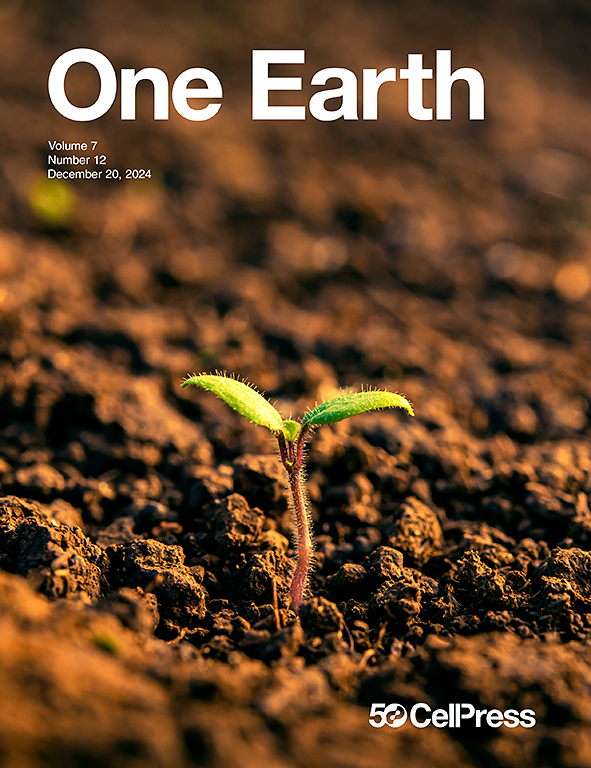
A desiccating saline lake bed is a significant source of anthropogenic greenhouse gas emissions
Desiccating salt lakes are an underappreciated source of greenhouse gases that could become even more relevant as a result of climate change. This study, examining greenhouse gas emissions from the drying lake bed of Great Salt Lake, Utah, calculates that 4.1 million tons of carbon dioxide and other greenhouse gases were released in 2020.
Temperatures and hypolimnetic oxygen in German lakes: Observations, future trends and adaptation potential
A study of oxygen and temperature trends in 46 German lakes showed that temperatures have risen mainly at the surface, but not in the deep water. This led to increased stratification and lower oxygen concentrations. Scenarios showed that these effects of climate change on oxygen content could be compensated by reducing nutrients.



